Lavender
“So, what do you do with Lavender?”
That is easily the most common question posed to us by someone unfamiliar with the benefits and beauty of lavender. And while others have developed an affinity for this unusual purple herb, they often lament that their attempts to grow it have been a miserable failure. As you discover the qualities and benefits related to this marvelous member of the mint family, you just might become enamored with it as we have. You may also realize that with a few tips, and the correct variety selections, your garden can flourish with lavender too. Yes, even in Wisconsin!
Growing Lavender
There are hundreds of varieties and not all of them are purple. Lavender blooms can also be red, blue, pink, and white. Most lavenders do well in zone 5. Despite the fact that the majority of Wisconsin is zone 4, there are a number of hardy English varieties that will survive here if given the right growing conditions and with extra care. Always check your plant label for its growing zone. Here are few more tips for growing lavender:
- Lavender is a perennial that is generally propagated rather than grown from seed. It takes at least 3 years to mature and may live as long as 10-13 years.
- Lavender should be planted in well drained soil and needs full sun.
- Although it will need watering over the first few summers, the full grown lavender plants are drought tolerant. It is not uncommon of the first time lavender grower to overwater their plants to death!
- Cutting back the plant each fall will keep the plant from becoming woody and unproductive. Spring pruning will also help your plant have a uniform shape.
- Once spring has arrived, be patient. It is not uncommon for the first time lavender grower to pull their plants out of the ground before they have fully woken up.
A little timely care will go a long way, giving you years of enjoyment!
Healing Properties
Lavender has an incredible array of health benefits, and a quality lavender essential oil (there are many that are not!) is a “must have” for the family medicine cabinet. Research has found pure essential lavender oil to possess antiseptic, antimicrobial, antiviral, anti fungal, and antibacterial properties. Even drug resistant strains of streptococcus aureus have been treated successfully with lavender. It also possesses analgesic and antidepressant qualities.
Lavender oil is also very effective on burns, scrapes and bug bites. Lavender has been found to be extremely effective in treating a long list of maladies relating to the nervous, respiratory, and digestive systems. Lavender is also a popular oil used in aromatherapy.
The Many Uses of Lavender
In addition to its countless medical properties, lavender can be found in many perfumes, fragrances, soaps, salves, and sprays. Some varieties of lavender are used to flavor food and beverages. Cookbooks have even been dedicated to this single herb. A fresh bouquet of lavender will brighten up a room with its rich color and calming fragrance. And even once the bouquet has dried out, the lavender can maintain its color and scent for months to years. Note that freshly picked lavender will last much longer in a vase without water. Also, dried lavender can last for years if it is hung upside down in a dark, dry room for a couple of weeks.
Lavandula vs. Lavandin
Understandably, many people are confused about the more commonly grown lavender genus’ scientifically known as lavandula angustafolia (sometimes called lavandula officianalis or English lavender) and lavandula x-intermedia (also know as lavandin). To add to the confusion, lavender genus’ are often generally labeled as French lavender because it was grown in France.
Why does it matter? Not all lavenders possess the same healing properties or scents. To be brief; if you are looking for a lavender plant for its therapeutic qualities choose a lavandula angustafolia. Not only do they possess the healing properties mentioned above, but they also tend to be sweeter and more vibrant in color.
If you are looking for a dramatic lavender plant with long spikes, impressive blooms, and a very strong/camphorous scent, go with the lavandula x-intermedia or lavandin. The x-intermedia genus is actually a hybrid cross between the genus’ lavandula angustafolia and lavandula latifolia. Do not succumb to the mindset that if it is called French lavender then it must be therapeutic. You will find that the French lavender fields will often be growing both types of lavender!
A Brief History
Long before modern science discovered the medicinal benefits of lavender, the Egyptians, Romans, and Greeks were already well aware of its healing properties. Commonly used in baths, on linens, and in perfumes and ointments. In fact, traces of lavender fragrance were found in ointments deep within Tutankhamen’s tomb, 3,000 years after it had been sealed.
In the middle ages, lavender held its place among the monks as an herbalist remedy. One sixteenth century herbalist recorded that “the flowers of Lavender quilted in a cappe and dayly worne are good for all diseases of the head that come of a cold cause and they comfort the braine very well.” (Translated in old English, Platt, Lavender, How to Grow and Use the Fragrant Herb)
During the Victorian era, the British royalty’s affinity for lavender contributed to its growing popularity. Queen Victoria’s home was brimming with all things lavender. From floor cleaners and furniture wax to linen bags and perfumes. Lavender essence became all the rage.
More recently, lavender essential oil has become a necessity in natural healing and aromatherapy. It has been known to help calm many anxiety disorders in kids, adults, and yes, even animals. Current scientific research has given us a much better understanding of the incredible healing power of lavender.







